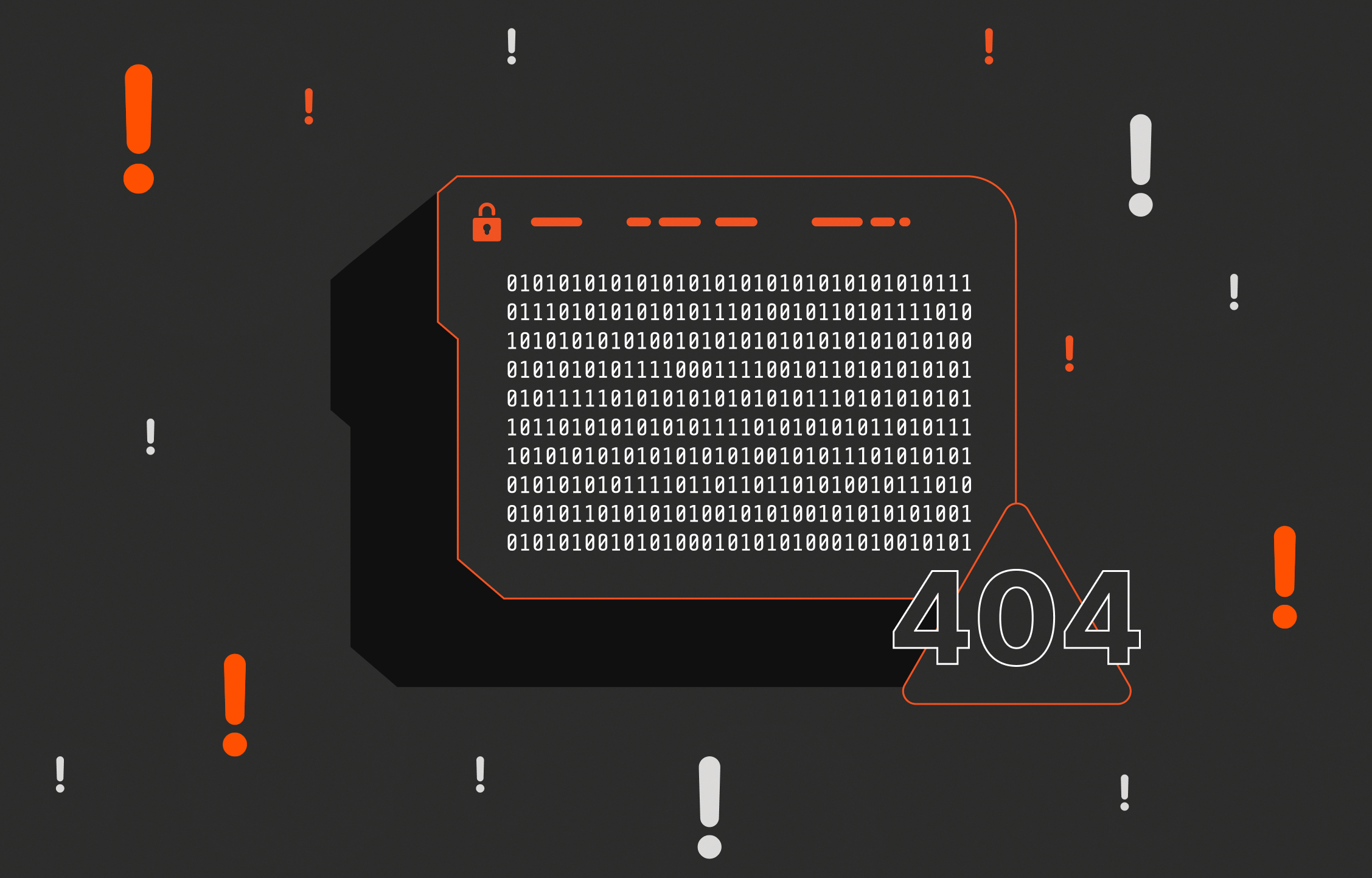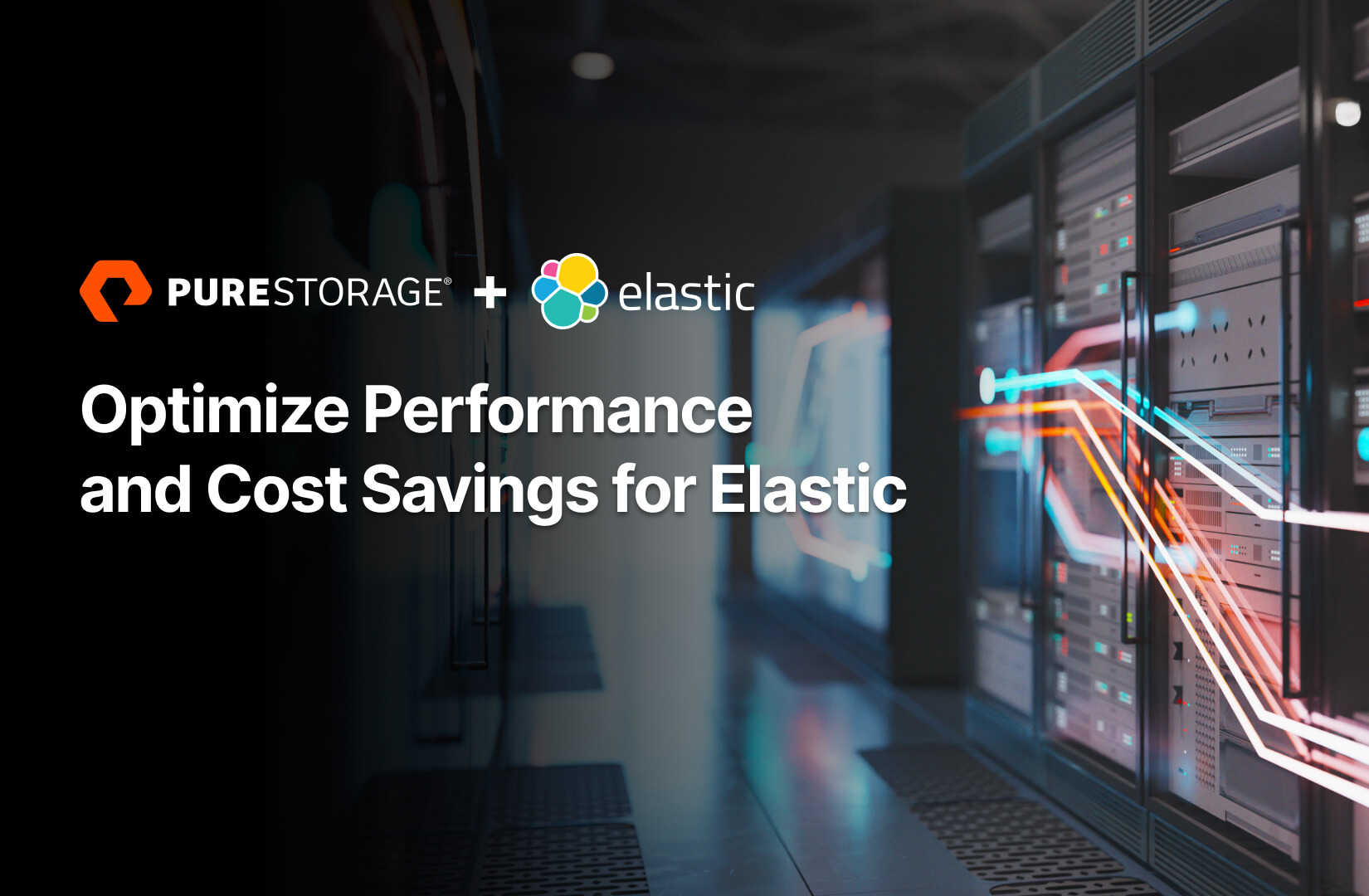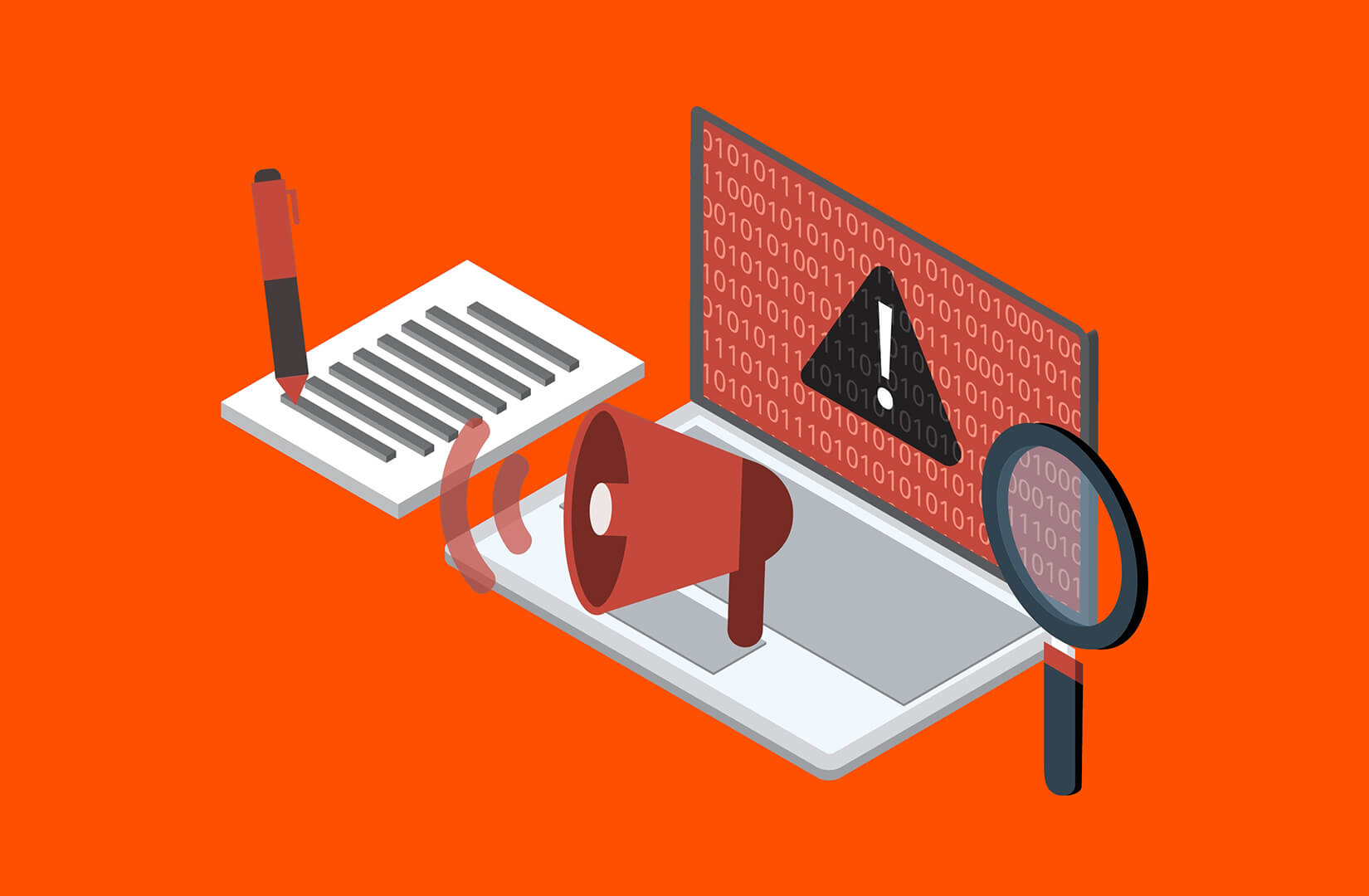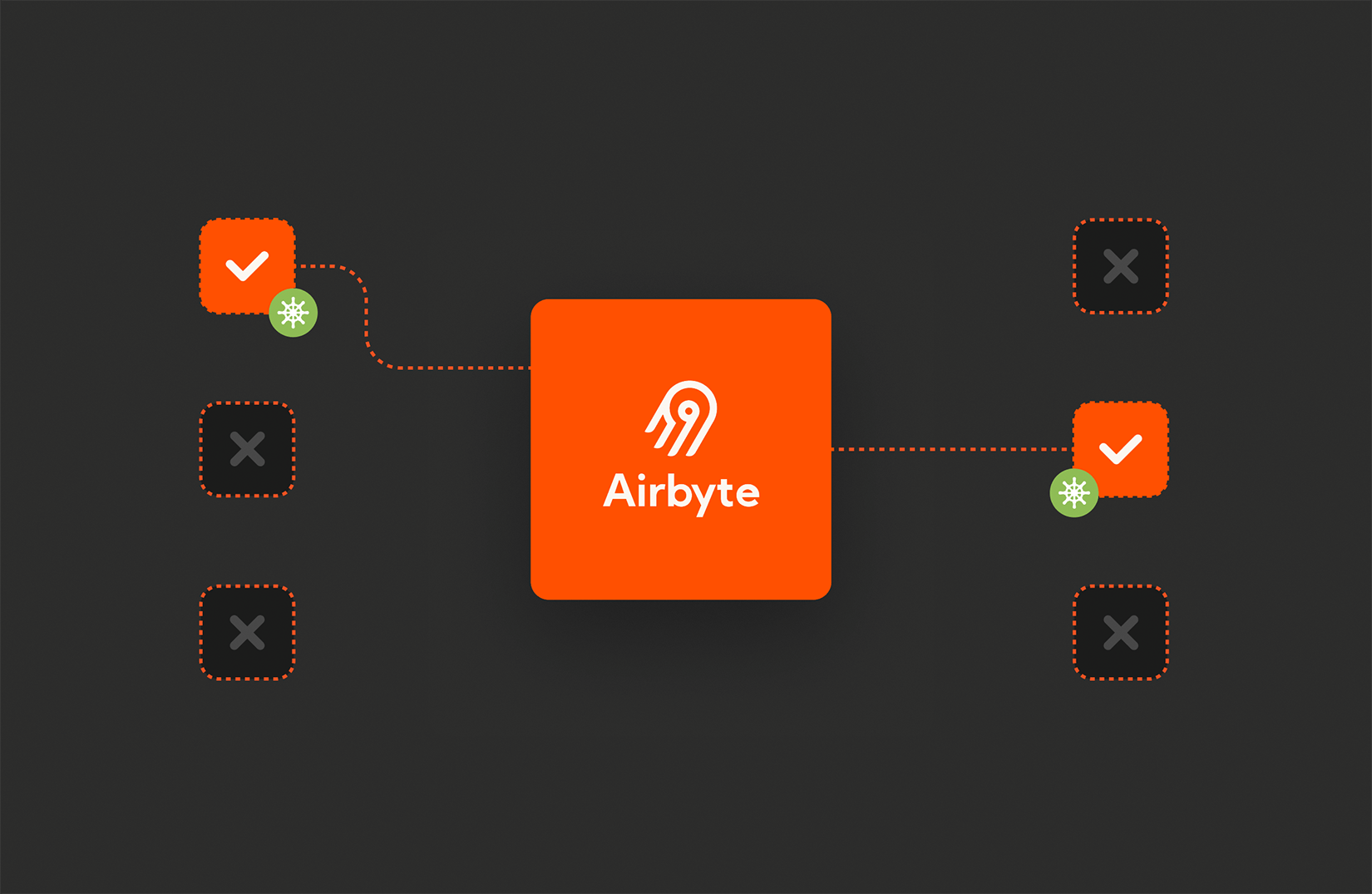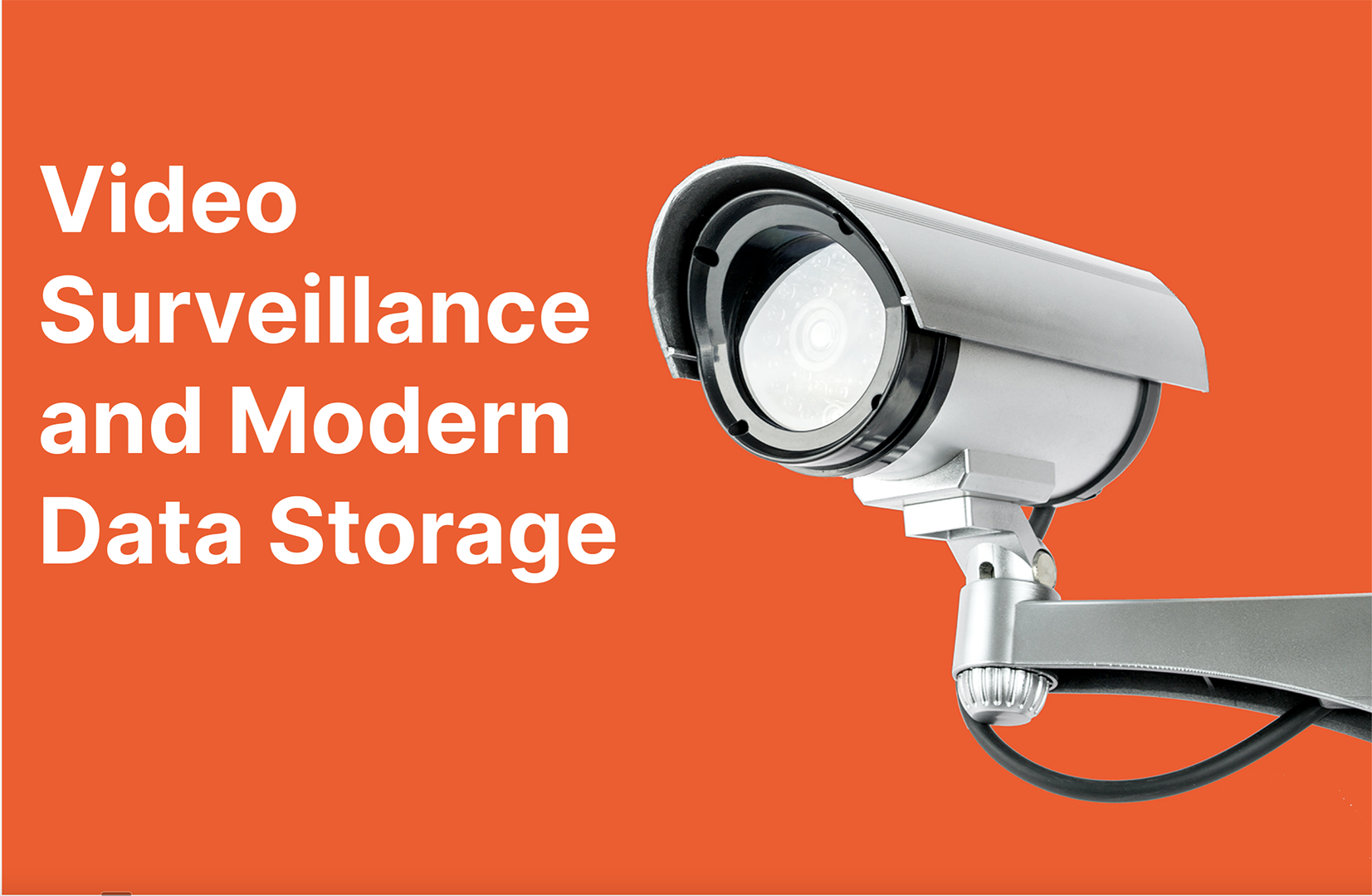Data Analytics
-
How Data Storage Can Empower STEM Leaders to Dream Big
STEM Day is November 8, so this is our shout-out to show our support for the men and women in STEM who have changed the world—and who will do so in the future.
By:
Featured Articles
FlashBlade//EXA is a reflection not only of our innovation engine but our ability to innovate rapidly while staying true to our promise of simplicity, consistency, performance, and efficiency. It sets a new standard for AI and HPC data storage performance, scalability, and adaptability.
Charles Giancarlo
CEO


